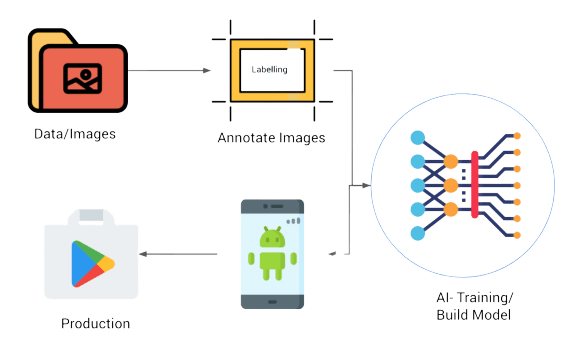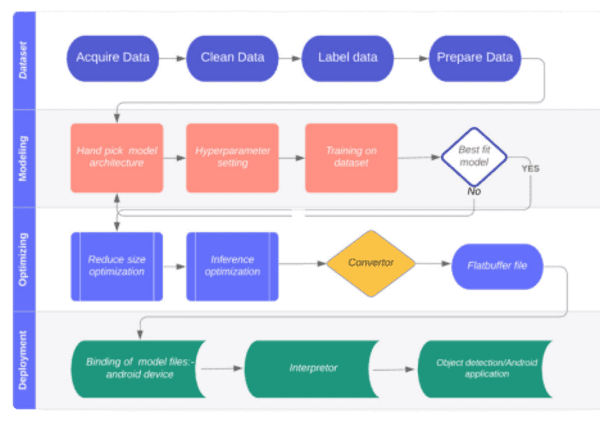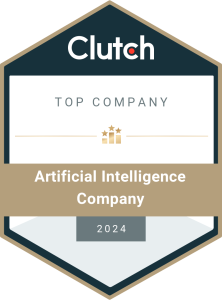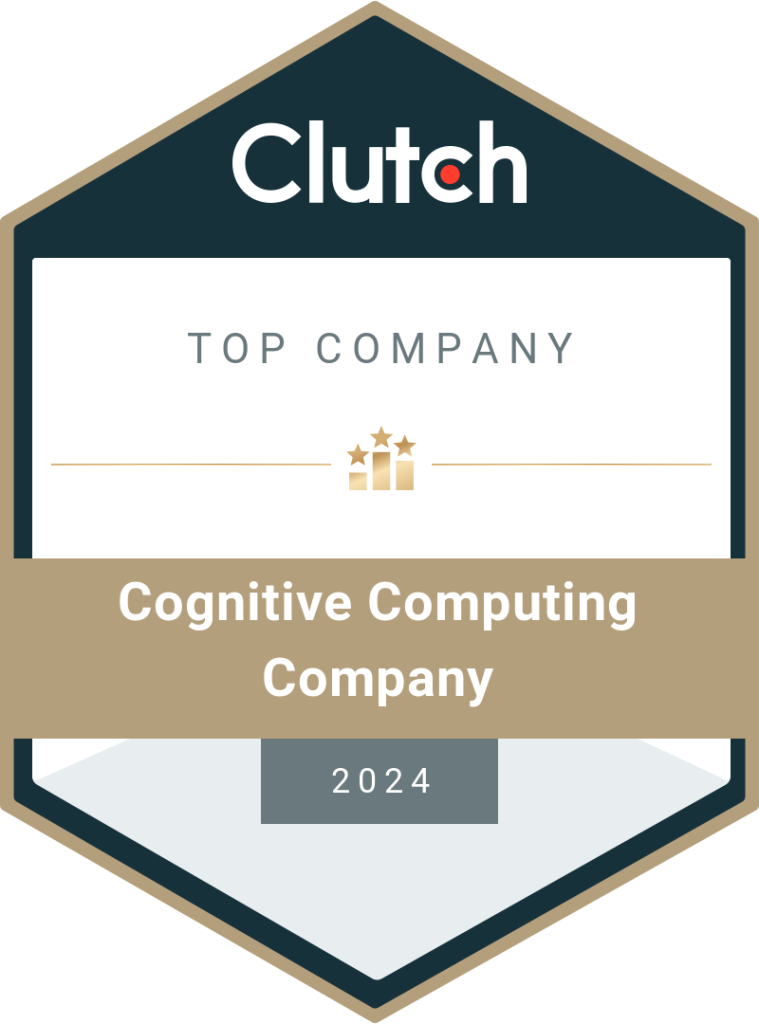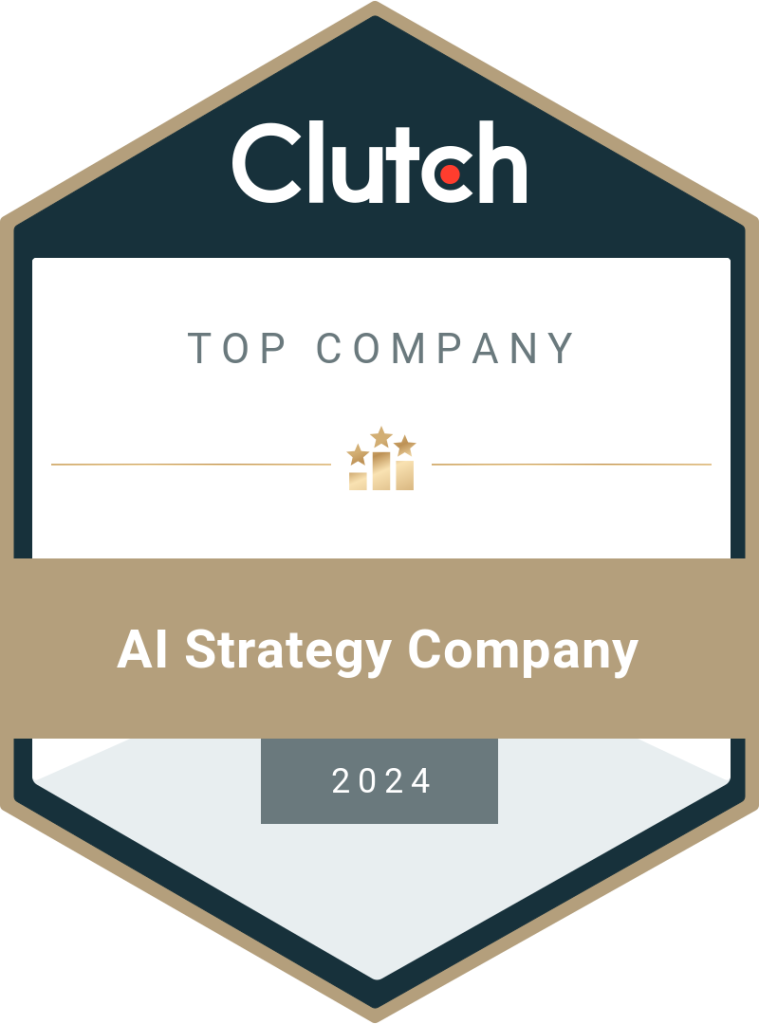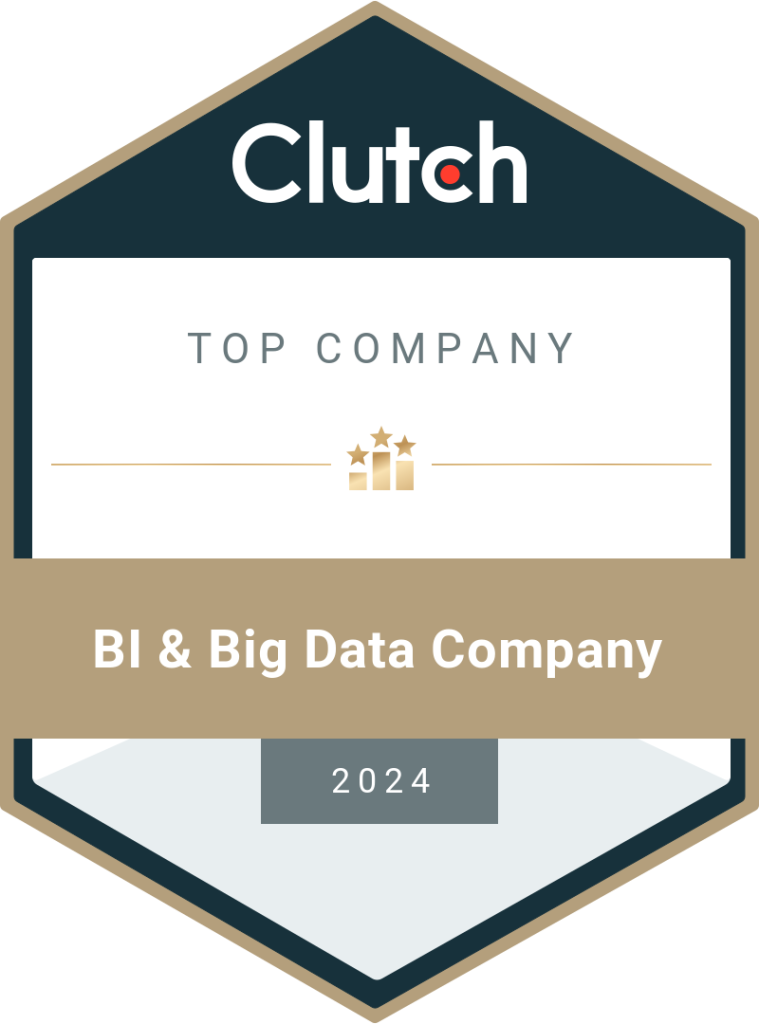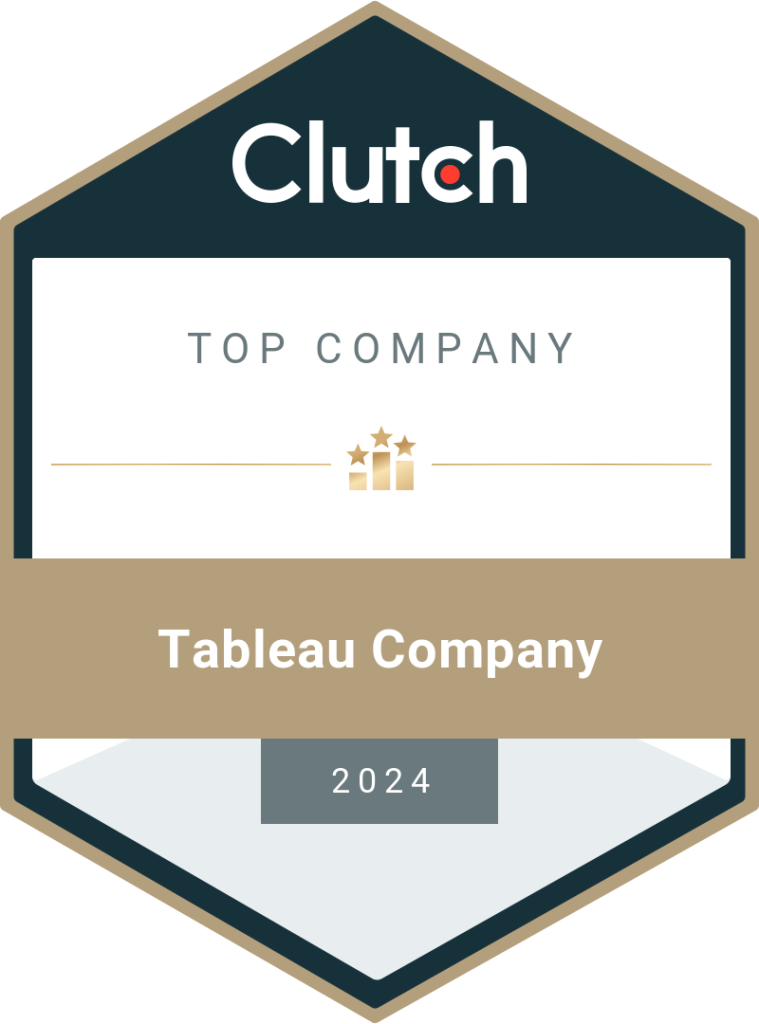Facing Data Paralysis? This Might Save You
Facing Data Paralysis? This Might Save You
- Services
AI & Machine Learning
By Technology
AI & Machine Learning
By Engagement Model
- Products
PrepAI
A one-stop solution for making tests easy for educators, and ed-tech businesses
Marketing Cockpit
Find the Blind Spots in your Marketing Performance
HireLake AI
Parse and Match Resume Data With Job Description in Bulk
DataToBiz CV Platform
Test and experience Computer Vision Implementation
Tally BI
Transform Tally Data to Power BI with Ease
Virtual Try On Platform
Reimagine Digital Catalogues with Virtual TryOn
Sensibly
Make your retail outlet efficient and successful with data-driven insights
- Resources
Blogs
Latest blogs, news and
updates!Case Studies
Collaboration driving business impact
Whitepapers
Hands-on industry trends, insights and real-world collabs
- Industries
- Company
Careers
Join us. Be a part of something great.
About Us
All about the story, vision, and team behind the Biz
Partner Program
Start your affiliate journey & earn big
- Services
AI & Machine Learning
By Technology
AI & Machine Learning
By Engagement Model
- Products
PrepAI
A one-stop solution for making tests easy for educators, and ed-tech businesses
Marketing Cockpit
Find the Blind Spots in your Marketing Performance
HireLake AI
Parse and Match Resume Data With Job Description in Bulk
DataToBiz CV Platform
Test and experience Computer Vision Implementation
Tally BI
Transform Tally Data to Power BI with Ease
Virtual Try On Platform
Reimagine Digital Catalogues with Virtual TryOn
Sensibly
Make your retail outlet efficient and successful with data-driven insights
- Resources
Blogs
Latest blogs, news and
updates!Case Studies
Collaboration driving business impact
Whitepapers
Hands-on industry trends, insights and real-world collabs
- Industries
- Company
Careers
Join us. Be a part of something great.
About Us
All about the story, vision, and team behind the Biz
Partner Program
Start your affiliate journey & earn big
